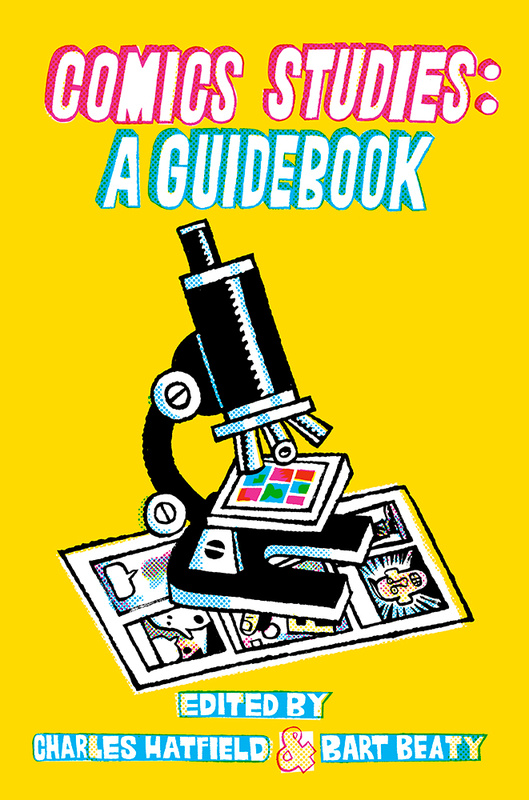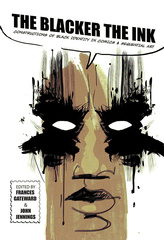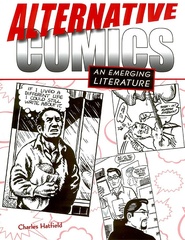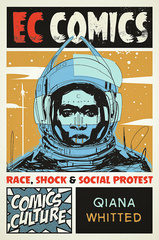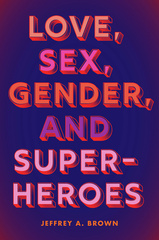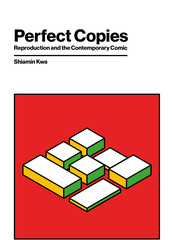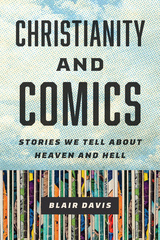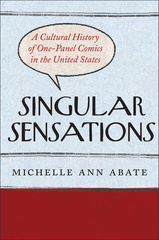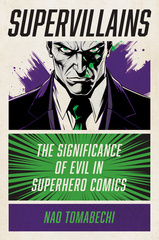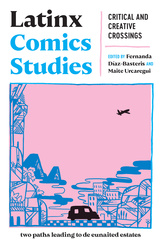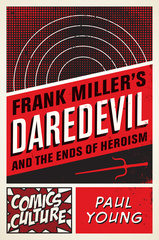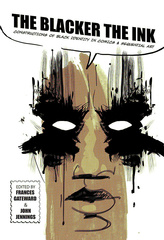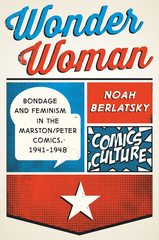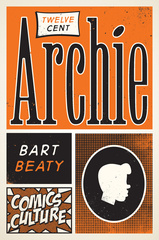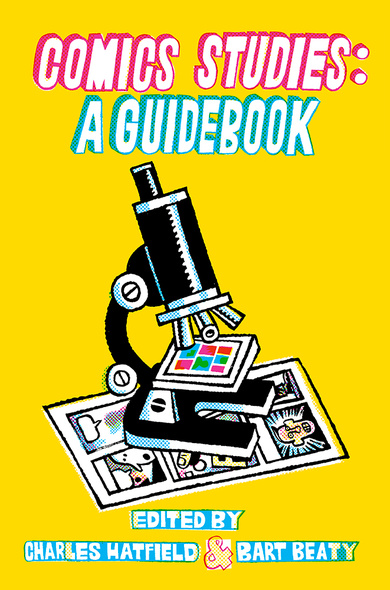
336 pages, 6 1/8 x 9 1/4
28 color images
Paperback
Release Date:14 Aug 2020
ISBN:9780813591414
Hardcover
Release Date:14 Aug 2020
ISBN:9780813591421
Nominee for the 2021 Eisner Awards Best Academic/Scholarly Work
In the twenty-first century, the field of comics studies has exploded. Scholarship on graphic novels, comic books, comic strips, webcomics, manga, and all forms of comic art has grown at a dizzying pace, with new publications, institutions, and courses springing up everywhere. The field crosses disciplinary and cultural borders and brings together myriad traditions. Comics Studies: A Guidebook offers a rich but concise introduction to this multifaceted field, authored by leading experts in multiple disciplines. It opens diverse entryways to comics studies, including history, form, audiences, genre, and cultural, industrial, and economic contexts. An invaluable one-stop resource for veteran and new comics scholars alike, this guidebook represents the state of the art in contemporary comics scholarship.
In the twenty-first century, the field of comics studies has exploded. Scholarship on graphic novels, comic books, comic strips, webcomics, manga, and all forms of comic art has grown at a dizzying pace, with new publications, institutions, and courses springing up everywhere. The field crosses disciplinary and cultural borders and brings together myriad traditions. Comics Studies: A Guidebook offers a rich but concise introduction to this multifaceted field, authored by leading experts in multiple disciplines. It opens diverse entryways to comics studies, including history, form, audiences, genre, and cultural, industrial, and economic contexts. An invaluable one-stop resource for veteran and new comics scholars alike, this guidebook represents the state of the art in contemporary comics scholarship.
With Comic Studies: A Guidebook, Charles Hatfield and Bart Beaty (both top of their game) bring together a dream team of top researchers to produce a foundational collection that is going to be a cornerstone for all future research in this field. Each essay is not only encyclopedic in its synthesis of existing research but expands our knowledge of comics history and our conceptual understanding of how comics operates as an industry, as a set of social practices, as a confluence of genres, as a readership, and as an array of formal practices.
Very up-to-date and worth a closer look. Using 17 bite-sized articles, each ten to twenty pages long, the authors of the volume introduce the subject of comic studies.
The margins of Hatfield and Beaty’s comics studies are where some of the most interesting and innovative research on and around comics has been or is being conducted by scholars who will not find themselves or their work represented in this edited collection.
CHARLES HATFIELD is the author of Alternative Comics and Hand of Fire: The Comics Art of Jack Kirby, and curator of the exhibition Comic Book Apocalypse: The Graphic World of Jack Kirby. He has chaired the International Comic Arts Forum and the MLA Forum on Comics and Graphic Narratives, and cofounded the Comics Studies Society.
BART BEATY is the author, editor, and translator of more than twenty books in the field of comics studies, including Twelve-Cent Archie and Comics versus Art. He is the general editor of the Critical Survey of Graphic Novels and is the lead researcher on the What Were Comics? project.
BART BEATY is the author, editor, and translator of more than twenty books in the field of comics studies, including Twelve-Cent Archie and Comics versus Art. He is the general editor of the Critical Survey of Graphic Novels and is the lead researcher on the What Were Comics? project.
Timeline of Selected Events
Jonathan Chau, Bart Beaty, and Charles Hatfield
Introduction
Bart Beaty and Charles Hatfield
Part I Histories
Chapter 1 Comic Strips
Ian Gordon
Chapter 2 Comic Books
Charles Hatfield
Chapter 3 Underground and Alternative Comics
Roger Sabin
Chapter 4 European Traditions
Bart Beaty
Chapter 5 Manga
Frenchy Lunning
Chapter 6 The Graphic Novel
Isaac Cates
Part II Cultures
Chapter 7 Comics Industries
Matthew P. McAllister and Brian MacAuley
Chapter 8 Readers, Audiences, and Fans
Benjamin Woo
Chapter 9 Children and Comics
Philip Nel
Chapter 10 Differences
Theresa Tensuan
Part III Forms
Chapter 11 Cartooning
Andrei Moltiu
Chapter 12 Design in Comics: Panels and Pages
Martha Kuhlman
Chapter 13 Words and Images
Jan Baetens
Part IV Genres
Chapter 14 Superheroes
Marc Singer
Chapter 15 Autographics
Gillian Whitlock
Chapter 16 Girls, Women, and Comics
Mel Gibson
Chapter 17 Digiral Comics
Darren Wershler, Kalervo Sinervo, and Shannon Tien
Bibliography
Notes on the Contributors
Jonathan Chau, Bart Beaty, and Charles Hatfield
Introduction
Bart Beaty and Charles Hatfield
Part I Histories
Chapter 1 Comic Strips
Ian Gordon
Chapter 2 Comic Books
Charles Hatfield
Chapter 3 Underground and Alternative Comics
Roger Sabin
Chapter 4 European Traditions
Bart Beaty
Chapter 5 Manga
Frenchy Lunning
Chapter 6 The Graphic Novel
Isaac Cates
Part II Cultures
Chapter 7 Comics Industries
Matthew P. McAllister and Brian MacAuley
Chapter 8 Readers, Audiences, and Fans
Benjamin Woo
Chapter 9 Children and Comics
Philip Nel
Chapter 10 Differences
Theresa Tensuan
Part III Forms
Chapter 11 Cartooning
Andrei Moltiu
Chapter 12 Design in Comics: Panels and Pages
Martha Kuhlman
Chapter 13 Words and Images
Jan Baetens
Part IV Genres
Chapter 14 Superheroes
Marc Singer
Chapter 15 Autographics
Gillian Whitlock
Chapter 16 Girls, Women, and Comics
Mel Gibson
Chapter 17 Digiral Comics
Darren Wershler, Kalervo Sinervo, and Shannon Tien
Bibliography
Notes on the Contributors

